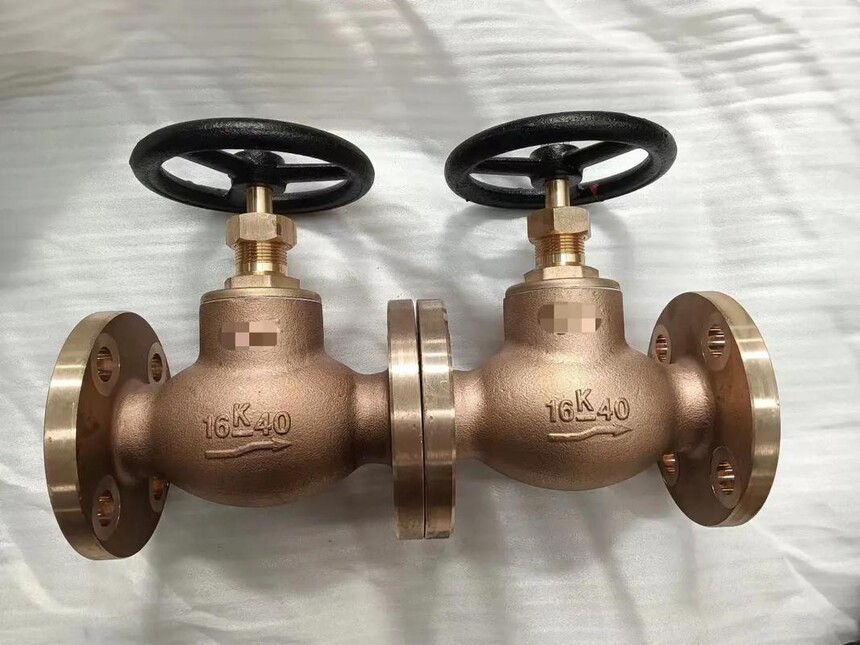|
Comprehensive Guide to Marine Valves: Types, Applications & Selection TipsMarine valves are critical components in the maritime and offshore industries, ensuring the safe and efficient control of fluid flow in ships, submarines, offshore platforms, and other marine systems. Whether you're a shipbuilder, maintenance engineer, or procurement specialist, understanding marine valves is essential for optimizing performance and safety. This guide will explore the types, applications, and key considerations for selecting the right marine valves. Why Marine Valves MatterMarine environments are harsh, with constant exposure to saltwater, pressure fluctuations, and corrosive elements. Marine valves are specifically engineered to withstand these conditions while maintaining reliability. They regulate the flow of liquids, gases, and steam in systems such as:
A failure in any of these systems can lead to costly downtime, environmental hazards, or safety risks. High-quality marine valves mitigate these issues by ensuring precise control and durability.
Types of Marine Valves and Their Applications
Key Factors in Selecting Marine ValvesChoosing the right marine valve depends on several factors:
Maintenance and Troubleshooting TipsRegular maintenance ensures longevity and performance:
Common issues like leakage, valve sticking, or seat erosion can often be resolved with timely maintenance. Always follow the manufacturer’s guidelines for repairs. Why Choose Quality Marine Valves?Investing in high-quality marine valves offers long-term benefits:
Final ThoughtsMarine valves are the unsung heroes of maritime engineering. By selecting the right type for your application and adhering to maintenance best practices, you can ensure the safety, efficiency, and longevity of your marine systems. Whether you’re designing a new vessel or upgrading an existing one, prioritize valves that combine durability, precision, and compliance. For more insights into marine engineering solutions, stay tuned to our blog. Let us help you navigate the complexities of offshore and marine technology! |

